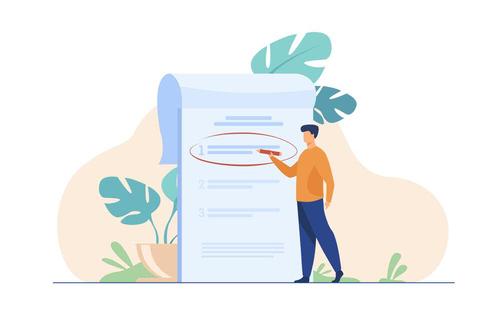Managers guide to good email etiquette


Good standards of email communication maintains professionalism, efficiency and reduces risk.
You may consider implementing etiquette rules for the following three reasons:
- Professionalism: by using proper email language your Company will convey a professional image.
- Efficiency: emails that get to the point are much more effective than poorly worded emails.
- Protection from liability: employee awareness of what may be considered poor behaviour displayed in emails will protect your Company from risk.
- Includes template + 15-minute call with an expert.
- Instantly download as Word / PDF / plain text, or send by email.
- 12 months’ access, with all updates to this page provided free of charge and notified to you.
- 1,213 words over 3 pages.
- Last updated 21/09/2025.
- UK-specific accuracy.
- Suitable for use in other territories; check local laws first.
Managers guide to good email etiquette
Email etiquette refers to the principles of behaviour that one should use when writing or answering email messages.
Bad email etiquette reflects badly on us, and a record of this is kept in mailboxes over which we have no control. Good email etiquette reflects well on us, improves our public perception and persona and increases the chance of a prompt and comprehensive response. It’s not hard to maintain good email etiquette once we know what it is.
Here are some important rules to follow when using email:
1. Delete spam!
Whilst we have robust spam filters in place, sometimes spam emails may reach our inbox. If you reply or ‘unsubscribe’, you are confirming that your email address is 'live' and it will
You're currently viewing a limited preview. For instant full access, purchase this item or a parent bundle.
This Managers guide to good email etiquette aims to offer you a versatile and customisable tool, serving as a solid foundation for your needs. Utilise it to ensure consistency, enhance accuracy, and save valuable time.
Adapt it to suit your unique requirements, ensuring efficiency and effectiveness in your HR processes.
Frequently Asked Questions
Frequently Asked Questions
-
Can I use this template in my small business?
Yes. The Managers guide to good email etiquette is designed to be flexible and suitable for organisations of all sizes, including small businesses and charities. It follows UK employment law best practice, so even if you don't have an in-house HR team, you can confidently apply it.
-
Is this template compliant with 2025 UK employment law?
Absolutely. All of our templates are drafted with the latest ACAS guidance and UK employment legislation in mind. We review and update them regularly, so you can be confident they remain compliant.
-
Can I customise it for my organisation?
Yes, we highlight the areas that you need to update with your own details, and where you need to make decisions to suit your situation. This saves you time and ensures that you meet best practice.
-
Do I get instant access?
Yes. Once purchased, you'll be able to download it instantly. Templates are provided in editable Word or Excel format so you can customise them easily, and in PDF format for easy sharing.
-
What if I need more help, not just this template?
If you're looking for broader support, we also offer toolkits and library bundles that include this template, along with other HR templates and policies for fully managing your situation. These may be more cost-effective if you need deeper advice.
-
Why should I use this, and not AI to generate this template?
The risk of using a free AI-generated template 'without review' includes your legal exposure, missing context, and no awareness of the wider process. Purchasing from us mitigates that risk.